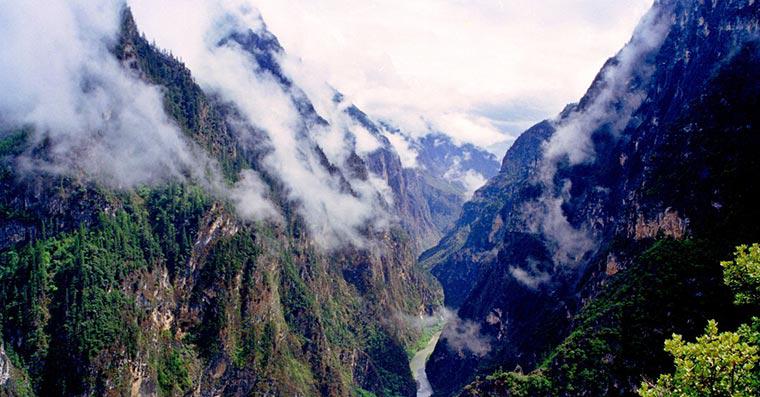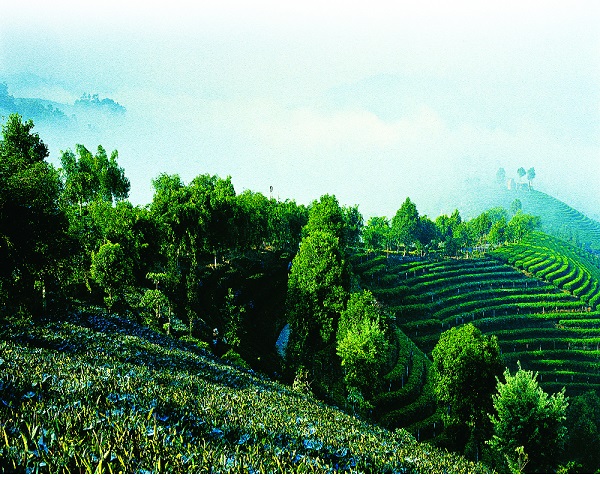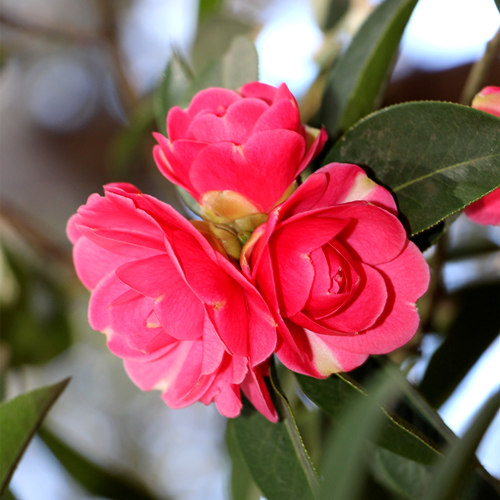
Detailed Introduction to Lufeng City of Chuxiong Prefecture
Lufeng City is an important urban center within Chuxiong Yi Autonomous Prefecture in Yunnan Province, China. Renowned for its strategic location, rich cultural heritage, and dynamic economy, Lufeng City serves as both a commercial hub and a center of ethnic diversity in the region. This detailed introduction explores its geography, history, economy, cultural legacy, tourist attractions, transportation infrastructure, and future development prospects.
Geographical Location and Climate
Location:
Lufeng City is situated in the central-eastern part of Chuxiong Prefecture, surrounded by lush mountainous terrain and fertile river valleys. It covers an area of approximately 1,200–1,500 square kilometers, serving as a gateway between the highlands of central Yunnan and neighboring regions.
Terrain and Environment:
Diverse Landscape: The city is characterized by a blend of rolling hills, expansive agricultural plains, and nearby mountainous areas that provide scenic backdrops.
Water Resources: Several streams and small rivers flow through the region, enhancing soil fertility and supporting local agriculture.
Biodiversity: The surrounding natural areas boast a rich variety of flora and fauna, contributing to eco-tourism and sustainable development initiatives.
Climate:
Lufeng enjoys a subtropical monsoon climate with mild temperatures throughout the year:
Temperatures: Average annual temperatures range from 14°C to 22°C.
Rainfall: The region experiences a pronounced rainy season during the summer monsoon, ensuring the growth of lush vegetation and high agricultural productivity.
Seasonal Variation: Mild winters and warm summers make it an ideal environment for a variety of crops, including high-quality tea and other cash crops.
Historical Background
Lufeng City has a rich historical tapestry influenced by its strategic location and the cultural interactions that have taken place over centuries:
Ancient Trade Routes: Historically, Lufeng was an important stop along regional trade routes, including segments of the ancient Tea Horse Road. This facilitated the exchange of tea, horses, and other commodities, creating a vibrant market economy.
Ethnic Settlement: Over time, diverse ethnic groups—including the Yi, Han, and other local minorities—settled in the area, leaving their mark on the region’s culture, language, and traditions.
Modern Evolution: With administrative reforms in the mid-20th century, Lufeng evolved into an urban center within Chuxiong Prefecture. Its historical sites and traditional neighborhoods continue to reflect its long and diverse past.
Economic Overview
Lufeng City’s economy is multifaceted, balancing traditional agricultural strengths with modern industrial development and a growing service sector.
1. Agriculture
Agriculture remains a cornerstone of Lufeng’s economy:
Tea Production: Lufeng is part of the renowned Pu’er tea region. The city’s surrounding highlands produce high-quality tea leaves, prized for their rich flavor and aroma. Traditional cultivation techniques blend with modern practices to ensure product excellence.
Cash Crops: In addition to tea, local farmers cultivate tobacco, rubber, and tropical fruits, which are important for both domestic consumption and export.
Food Crops: Staples such as rice, corn, and various vegetables are widely grown, ensuring food security and supporting local markets.
Medicinal Herbs: The region is also known for its production of traditional medicinal herbs, contributing to both local healthcare and export markets.
2. Industry and Commerce
Small-Scale Manufacturing: Lufeng has seen the development of small and medium-sized enterprises in sectors like food processing, textiles, and handicrafts, which add value to locally produced agricultural goods.
Retail and Services: As an urban center, Lufeng has a thriving retail sector with markets, shops, and restaurants that cater to both local residents and visitors.
Cross-Border Trade: Proximity to regional trade routes helps foster commerce, supporting both traditional goods and modern products.
3. Tourism
Cultural Tourism: Lufeng’s historical neighborhoods and ancient trade routes attract cultural tourists interested in its rich heritage.
Eco-Tourism: The scenic natural landscapes, including tea gardens, rolling hills, and nearby mountains, offer ample opportunities for eco-tourism and outdoor recreation.
Ethnic and Cultural Heritage
Lufeng City is a melting pot of cultures, with a diverse population that enriches the local cultural landscape:
Yi Culture: The Yi people, one of the predomin



